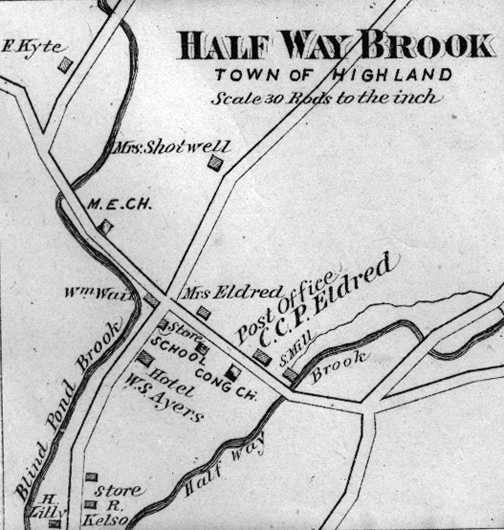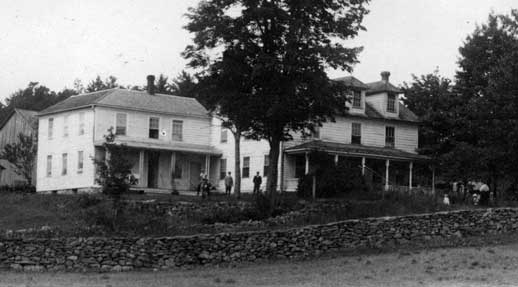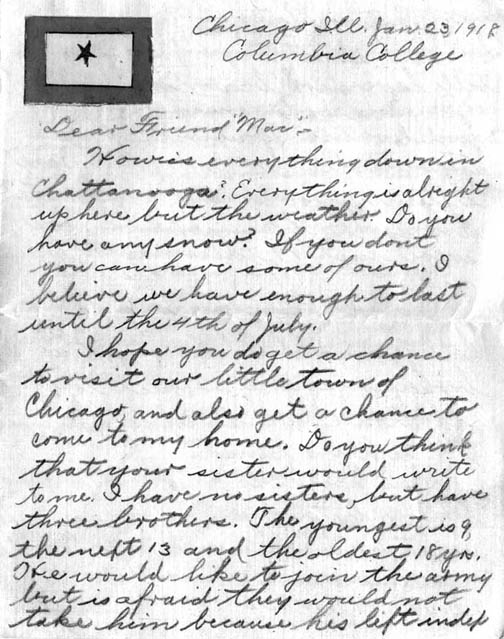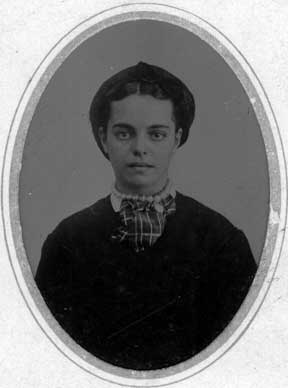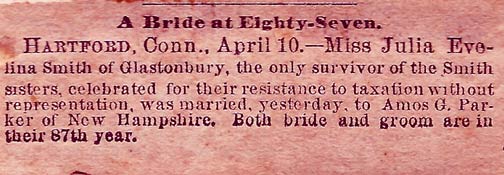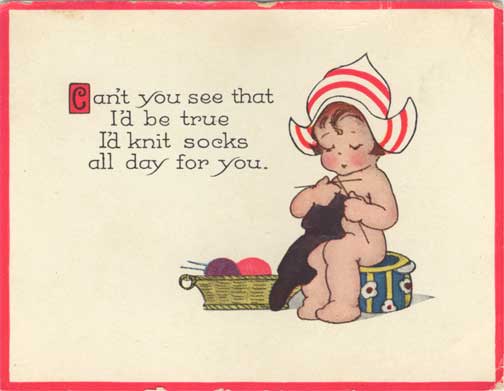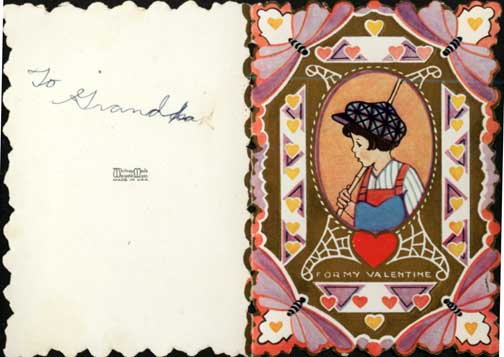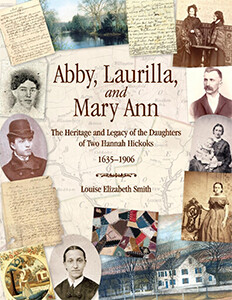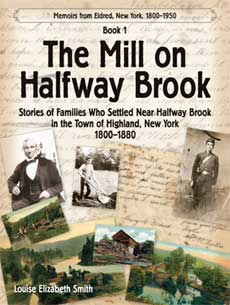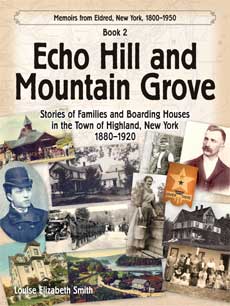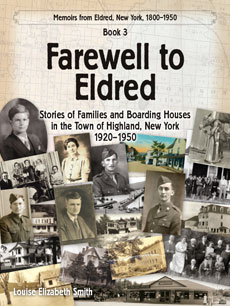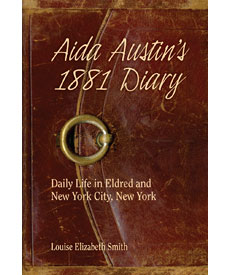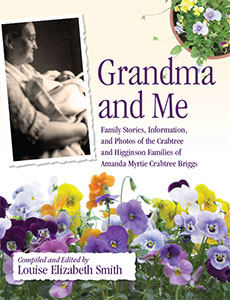Washington Lake House
Joseph Tether, Proprietor
4 Miles from Shohola; transportation $1. 2 single, 16 double rooms; Accommodate 30; 20 rooms; adults, $7 to $8; children, half price; transient, $1.25 per day. Discount for season.
Lake of 200 acres only two minutes’ walk. Perch, pickerel, bass; boats free; Surrounded by forest. Raises vegetables. Plenty milk, eggs, butter and poultry.—Erie Railway brochures of 1886 and 1889.
Joseph and Ann Barber Tether ran Washington Lake House, which was built around 1865, on Washington Lake.
At one point, Joseph Tether owned 220 acres on the east side of Washington Pond. In the early 1900s Joseph built Washington Beach House.
Washington Beach House was at the north part of the property; and the Washington Lake House was on the south.
Washington Lake House, would become the Nancy Lee. The Hensels would call the boarding house the Colonial in 1927 when they first owned it.
Joseph, his parents, Edward and Elizabeth Peat Tether, and several siblings arrived from England in 1850 and settled in Highland around 1860. They are shown on the 1870 map just south of Washington Pond.
Josephs’s sister, Elizabeth Tether Owen and her husband Robert Owen were ancestors of my Austin cousins.
Joseph and Ann Tether’s daughter Jessie would marry a son of Isaac M. and Joanna Brown Bradley. Their son Walter Tether would run the Washington Beach House.

